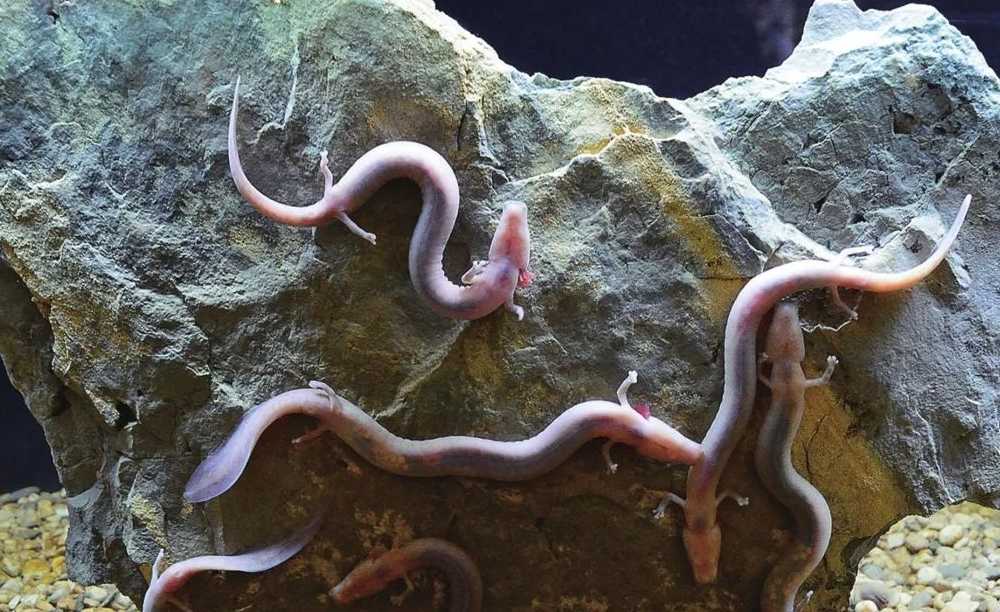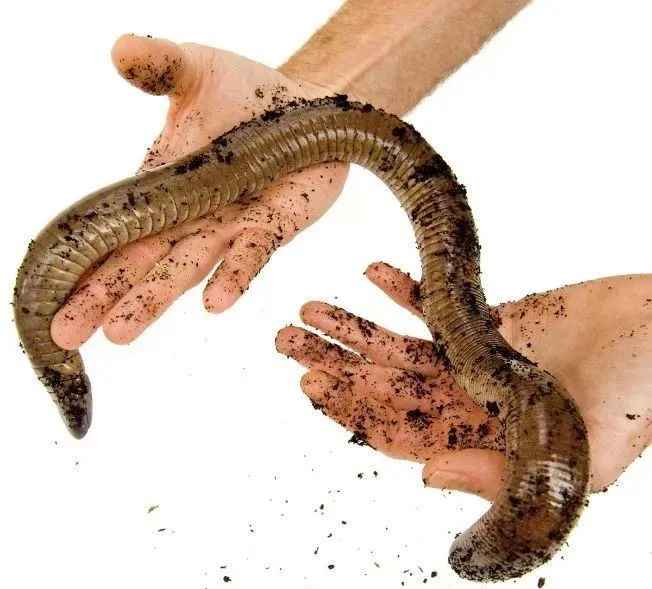
Often hailed as the closest real-life counterpart to mythical dragons, the olm (Proteus anguinus) dwells in the limestone caves of the Alps. With a serpentine body, tiny limbs, and three pairs of vibrant red feathery gills, this amphibian bears an uncanny resemblance to legendary dragon depictions—minus scales. Native to underwater cave systems in Slovenia, Croatia, and Bosnia, it has inspired myths for centuries, and its image is frequently misused in online hoaxes claiming to show "baby dragons."
-
Ethereal Appearance and Evolutionary Wonders
The olm grows up to 30 cm long, with a pale, almost translucent body that lacks pigmentation—a result of its lightless habitat. Its most striking feature is the trio of bright red external gills, which extract oxygen from water and give it a mythical aura. Though it has eyes, they are underdeveloped and covered by skin, relying instead on sensory nodes along its body to detect vibrations and chemical signals.
-
Remarkable Survival Adaptations
This cave dweller can live up to 100 years, surviving on a diet of cave-dwelling crustaceans and worms. It can endure years without food, slowing its metabolism to a crawl. Uniquely, it retains larval features into adulthood (neoteny), a rare trait in amphibians that contributes to its otherworldly appearance.
-
From Folklore to Internet Hoaxes
In medieval times, olms were thought to be baby dragons due to their red gills and serpentine form. Today, edited photos of olms often circulate online as "真龙幼体" (baby real dragons), capitalizing on their mythical allure. Scientists have long worked to dispel these myths, emphasizing the olm’s role as a biological marvel rather than a mythical creature.
-
Threats and Protection Status
Classified as "Vulnerable" by the IUCN, the olm faces risks from groundwater pollution, cave destruction, and climate change. Its restricted range and specialized habitat make it highly sensitive to environmental changes. Conservation efforts in Slovenia’s Postojna Cave and Croatia’s Skocjan Caves focus on preserving water quality and limiting human disturbance to its subterranean home.
The olm is a model organism for studying cave biology, helping scientists understand how evolution shapes species in extreme environments. Its ability to regenerate limbs and organs, coupled with its 超长 lifespan, has attracted medical researchers exploring aging and tissue repair. For cavers and biologists, it represents the mysterious world of subterranean ecosystems—reminding humanity that even in Europe’s most explored regions, nature still hides dragon-like wonders.
In the dark waters of Alpine caves, the olm swims as a living link between myth and science. Its existence challenges our understanding of life’s limits and fuels wonder at the natural world’s ability to inspire legends. As we protect this "living dragon," we safeguard not just a species, but the magic of discovery in a world still full of mysteries.





